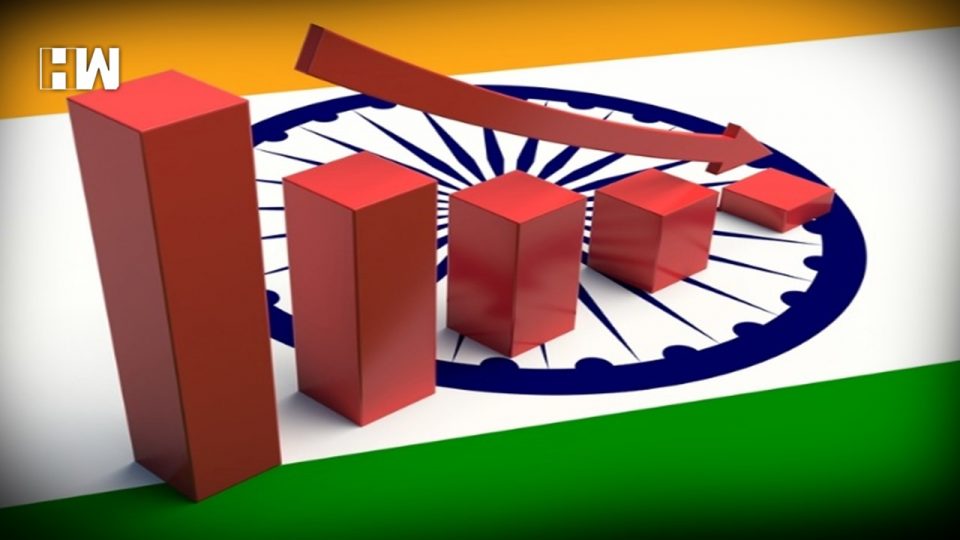The warning of many economists that the Indian economy is slowing down may not suit the BJP in an election year, but the signs of a sharp slowdown in our economic growth abound. The Indian GDP grew at a mere 6.6% in the December quarter, its slowest in five quarters and that continues. The CSO has thus reduced its annual growth estimate of our GDP in FY 2019, to just about 7%. The slowing economic growth is clearly reflected in the sharp fall in consumer demand, leading to a cut of 26.8% in vehicle production by Maruti Udyog in March 2019. All other auto companies face a similar situation. This cut in production comes after three years of double-digit growth clocked by Maruti Udyog. It has been due to declining urban sales and slowing rural demand. A slowdown in consumer spending, which accounts for 60% of our economy is worrisome, due to its ripple effect across many other sectors of the economy like engineering, textiles, manufacturing etc. This deceleration in consumer spending is further reflected in the fall in our non-gold imports, for a second consecutive month.
There are many other signs of a downturn in the Indian economy. Industrial growth receded to 1.6% in January, as against 2.6% in December 2018, exports grew by 2.4% in February, as against 3.7% in January and GST collections fail to meet their target, month after month. Despite the heavy-handed income tax collection/coercive recovery measures unleashed by the Income Tax Department, the government faces a likely shortfall of Rs.50000 crores in its targeted income tax collection and that too, after withholding tax refunds of over Rs. 1.50 lac crores. The SME sector continues to suffer and so does the core sector growth, with the Reserve Bank reporting that new investments in the economy contracted for a seventh successive year. While the unwillingness of the private sector to pump in investments into new projects is a matter of serious concern, so are the challenges in a build-up of employment, which ultimately reflects in the reduced consumer spending, for want of household income. In the meanwhile, the litany of populist election sops have failed to alleviate India’s rural distress.
While there is no doubt that the global economy has been witnessing a continued slowdown, but yet India, with its huge domestic market of crores of young consumers should be relatively immune to it. The present downturn in the Indian economy negates the inherent upsurge in demand due to the unmet consumer aspirations of our millions, which has more to do with government policy errors. If demonetisation hit growth where it hurts the most and sent it into a downward tailspin, from which we are yet to recover, so has been the case with unemployment which remains untamed. Millions of SMEs have closed down due to the impact of demonetisation and heavy handed legislation by an insensitive government, which prefer closure than policy uncertainty. The fact is that the two key sectors of the economy that are job and growth generators viz. SMEs and the farm sector remain in distress with no respite in sight. The unresolved challenges remain on various fronts including unemployment, fresh investments, ease of doing business for SMEs in particular, banking crisis etc. which hold back our growth.
The fact is that the growth in our economy in the last few years has been funded and fuelled primarily by government spending, with a private sector unwilling to risk its capital. The government’s reforms and policy have failed to restore confidence, in the minds of the producer, as well as consumer as is indicated by the cutdown in production by Maruti. With the government having emptied its treasury on poll premises, its capacity to spend is eroded and the slowdown will continue in the coming quarters.
As an independent media platform, we do not take advertisements from governments and corporate houses. It is you, our readers, who have supported us on our journey to do honest and unbiased journalism. Please contribute, so that we can continue to do the same in future.

